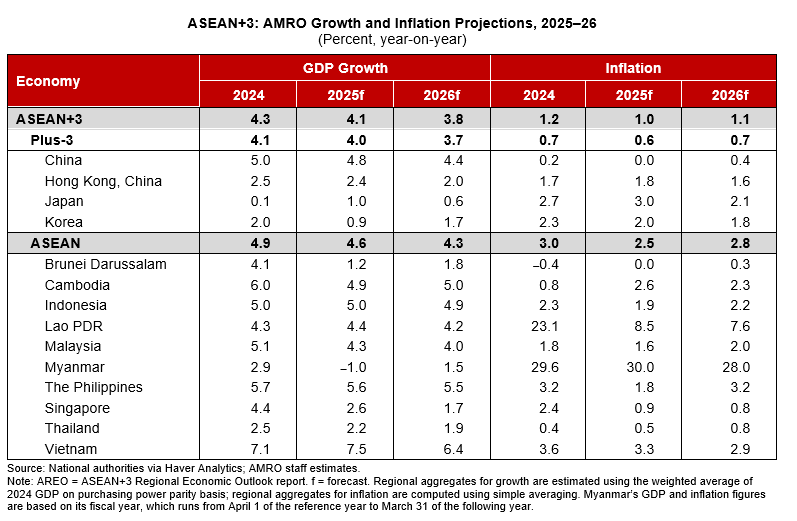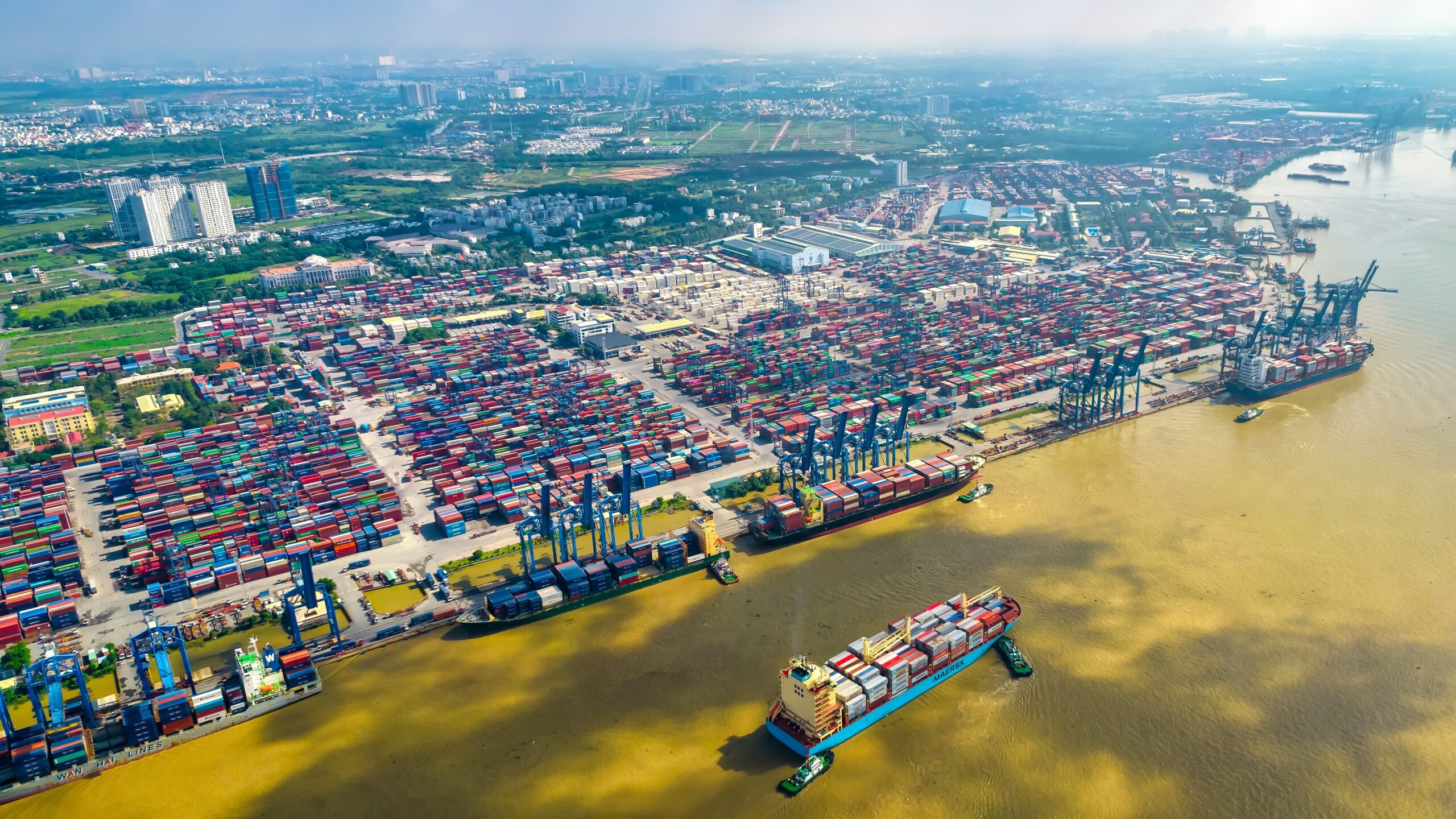- Warner Music in talks with Netflix for films based on its artists, Bloomberg News reports Reuters
- Warner Music in talks with Netflix for films based on its artists, Bloomberg News reports By Reuters Investing.com
- Warner Music in talks with…
Blog
-
Warner Music in talks with Netflix for films based on its artists, Bloomberg News reports – Reuters
-
What records can Djokovic extend in Shanghai? – ATP Tour
- What records can Djokovic extend in Shanghai? ATP Tour
- Djokovic advances, Shelton loses in Shanghai ESPN
- Novak Djokovic: Can 24-time Grand Slam champion challenge Carlos Alcaraz and Jannik Sinner in remaining tournaments? Sky Sports
- Djokovic’s…
Continue Reading
-

Nasal spray of gold nanoparticles delivers lithium directly to the brain
In the form of a ‘nasal spray’, tiny gold particles act as carriers, delivering a treatment directly to the brain: developed by scientists at the Università Cattolica Rome campus/Fondazione Policlinico Universitario A. Gemelli…
Continue Reading
-

ASEAN+3 Remains Resilient Amid Heightened Global Uncertainties – ASEAN+3 Macroeconomic Research Office
SINGAPORE, October 9, 2025 – The ASEAN+3 Macroeconomic Research Office (AMRO) today released its ASEAN+3 Financial Stability Report (AFSR) 2025 and the ASEAN+3 Regional Economic Outlook (AREO) October Update, highlighting the region’s broad resilience in the face of heightened uncertainties driven by US trade policy shifts and geopolitical tensions.
Growth in the ASEAN+3 region is projected at 4.1 percent in 2025 and 3.8 percent in 2026, an upward revision from July’s forecast, supported by robust first-half performance and stronger-than-expected export momentum. Market pressures have gradually eased since peaking in April following the announcement of the “Liberation Day” tariffs.
“While intra-regional trade and domestic demand have become increasingly important growth drivers across ASEAN+3, the region remains deeply connected to the global financial system and is therefore not insulated from global shocks,” said AMRO Chief Economist Dong He. “Overall, the region’s financial system remains resilient, although pockets of vulnerabilities persist.”
Export-oriented corporate sectors—particularly smaller firms with high exposure to US demand—may face pressures on profit margins amid shifting trade dynamics. Inflation pressures in the US could persist amid higher import tariffs, complicating the Fed’s monetary policy stance and potentially triggering spillovers to other parts of the world. Additionally, growing uncertainty around the US dollar’s safe-haven status could further fragment the global financial landscape.
Despite these challenges, ASEAN+3 economies remain well-positioned to navigate global headwinds. Well-calibrated policy mixes and strong fundamentals—including robust banking systems, deepening financial markets, ample foreign reserves, and available policy space—have provided critical buffers. With inflation largely subdued and expectations well-anchored in most economies, central banks can maintain accommodative monetary policy to support growth.
At the same time, macroprudential tools, along with foreign exchange and capital flow management measures, offer additional safeguards to maintain financial stability and mitigate external spillovers. However, AMRO underscores that support should be carefully targeted to vulnerable sectors and deployed prudently to preserve policy space amid elevated external uncertainty.
Beyond near-term risks, the region is undergoing deeper structural transitions. Most notably, the rapid digitalization of financial services presents opportunities for greater financial inclusion and efficiency, while also introducing new challenges to financial stability.
“Digitalization of the banking sector is reshaping the market structure, offering new pathways for inclusion and efficiency,” said Runchana Pongsaparn, AMRO Group Head for Financial Surveillance. “But it also alters the nature and distribution of financial stability risks. Policymakers must adopt a multi-pronged strategy that promotes innovation while managing risks, calibrated to the maturity of each market segment.”
As ASEAN+3 manages near-term uncertainties, AMRO emphasizes the importance of reinforcing policy frameworks, improving transparency, and deepening domestic markets and buffers to mitigate spillover risks from external shocks.
Dr. He concluded: “With coordinated actions and deeper financial cooperation and integration, ASEAN+3 can turn today’s challenges into tomorrow’s opportunities, and emerge stronger, more connected, and more resilient.”
For more insights, refer to AMRO’s latest flagship publications: the ASEAN+3 Financial Stability Report 2025, and the ASEAN+3 Regional Economic Outlook October Update.
Also available in Chinese | Japanese | Korean
About AMRO
The ASEAN+3 Macroeconomic Research Office (AMRO) is an international organization established to contribute toward securing macroeconomic and financial resilience and stability of the ASEAN+3 region, comprising 10 members of the Association of Southeast Asian Nations (ASEAN) and China; Hong Kong, China; Japan; and Korea. AMRO’s mandate is to conduct macroeconomic surveillance, support regional financial arrangements, and provide technical assistance to the members. In addition, AMRO also serves as a regional knowledge hub and provides support to ASEAN+3 financial cooperation.

Continue Reading
-

Quarterly Update of the ASEAN+3 Regional Economic Outlook (AREO) – October 2025 – ASEAN+3 Macroeconomic Research Office
ASEAN+3 Remains Resilient Amid Heightened Global Uncertainties
In the October 2025 update of the AREO, AMRO forecasts the ASEAN+3 region to grow at 4.1 percent in 2025 and 3.8 percent in 2026, an upward revision from July’s forecast, supported by robust first-half performance and stronger-than-expected export momentum. Market pressures have gradually eased since peaking in April following the announcement of the “Liberation Day” tariffs.
Continue Reading
-

‘The Golden Bachelor’ Episode 3 Recap: Feelings Get Real
The group date is particularly cringe-inducing
OK, here’s the premise: Eight of the women can choose from a selection of sexy outfits for a photo shoot with a photographer from People magazine….
Continue Reading
-
Israel and Hamas agree to first phase of Trump's Gaza ceasefire plan – Reuters
- Israel and Hamas agree to first phase of Trump’s Gaza ceasefire plan Reuters
- Trump says first phase of Gaza peace deal agreed, paving way for hostage and prisoner releases BBC
- LIVE: Trump says Israel, Hamas agree on ‘first phase’ of Gaza…
Continue Reading
-

DASSAI MOON Project, the World’s First Test Brewing of Sake in Space– Launch of space brewing equipment from Tanegashima on October 21 —
Tokyo, October 9, 2025 – The space brewing equipment jointly developed by Mitsubishi Heavy Industries, Ltd. (MHI) and DASSAI Inc., a sake company based in Iwakuni City, Yamaguchi Prefecture, and ingredients will be launched by the Japan Aerospace Exploration Agency (JAXA) for the DASSAI MOON Project, a project to brew sake in space. The launch will take place from Tanegashima Island on October 21, 2025 using H3 Rocket No. 7, a new mainstay launch vehicle built in Japan.
The items will be transported to the International Space Station (ISS) using HTV-X, a new Japanese-built unmanned cargo transfer spacecraft that will undergo its first demonstration test with this launch, and arrangements are being made with JAXA for the brewing test to be conducted in the Japanese experiment module Kibo on the ISS by astronaut Kimiya Yui. The Japanese-led mission aims to brew sake in space for the first time in the history of humanity.
■ About the DASSAI MOON Project
In 2024, DASSAI commenced the DASSAI MOON Project, seeking to build a brewery on the surface of the moon and brew its sake there with the aim of improving quality of life in activities on the moon in future. In Phase 1 of the DASSAI MOON Project, planned jointly by DASSAI and MHI, the world’s first test brewing of sake in space will be conducted in an environment simulating the gravity of the moon’s surface in the Japanese experiment module Kibo in the fall of 2025.
Past link: https://dassai.com/us/news/info/005853.html■ Schedule and mission details for Phase 1 of the DASSAI MOON Project
The ingredients from DASSAI (rice, malt, yeast, and water) and purpose-built space brewing equipment that will be used on the mission will be launched from the Tanegashima Space Center at approximately 10:58am on Tuesday, October 21, 2025 and taken to the ISS. The items will be launched on the new Japanese-made H3 rocket, which commenced operation in 2024, together with the HTV-X, the resupply vehicle being used to transport them to the ISS, which is being taken to space for the first time. Upon arrival at the ISS, the brewing equipment will be set up and water will be placed inside to start multiple parallel fermentation, a fermentation reaction unique to Japanese sake, for the test brew. DASSAI will brew the sake during the mission and MHI has been developing the space brewing equipment. Processes such as the loading of the equipment on the rocket at the launch site, followed by the launch and the operations at the ISS, will be a collaborative effort between JAXA and various Japanese administrative bodies, companies such as MHI, and other organizations, for an all-Japanese technological endeavor.
Testing in orbit will commence around 10 days after the launch, with the sake brewed in a 1/6G environment, equivalent to the gravity of the moon’s surface, over a period of approximately two weeks while various data is monitored from Earth. After the fermentation in space is completed, the raw sake will be frozen and stored in orbit; it is expected to be brought back to earth no sooner than the end of the year. After being collected, the raw sake will be thawed and refined on Earth, half of the collected sake will be sent to the purchaser, while the remaining half will be analyzed to glean information for future Japanese space industry development.
■ “DASSAI MOON Project” Dedicated website: https://dassai.com/moon/en/
Continue Reading
-

Decoding Backdoor Attacks in Cybersecurity
In the 1995 Sandra Bullock movie The Net, a supposedly secure and safe security program is actually a Trojan horse of sorts, allowing hackers “backdoor access” into business mainframes. It might have sounded high-tech at the time, but…
Continue Reading
-

Thoughts from the Road: The Middle East
I recently spent time in Saudi Arabia, Kuwait, and the UAE — my second trip to the region in 2025 — with local KKR colleagues, CEOs, CIOs, business executives, and investors. KKR has been on the ground in the region for over sixteen years, but the firm’s momentum certainly accelerated after the landmark 2019 ADNOC Oil Pipelines deal, which created a template for investment in the Middle East. That momentum has increased further still since the appointments of General David Petraeus (U.S. Army, Retired) as Chair of KKR Middle East and Julian Barratt-Due as head of our dedicated regional investment team, and with two transactions announced this year.
Ahead of my trip, Aidan Corcoran and other colleagues on the global macro team, in conjunction with our EMEA deal teams, conducted substantial preparatory work by revisiting the opportunity set in the region, focusing this trip on the countries sharing a political and economic union as part of the Gulf Cooperation Council (GCC). As detailed below, five key areas stood out:
1. There is a clear, shared push to diversify the region’s economies. Pro-growth policy frameworks — driven by focused and effective leadership — are helping to make that a reality, including a thoughtful approach to financial services. All told, the GCC markets now rank among the top five regions globally for IPO activity, with markets like the UAE showing meaningful gains in capitalization relative to GDP, signaling improving liquidity and broader investing options. We expect this dynamic to strengthen further as foreign ownership increases and corporate governance continues to improve. At the same time, GCC governments are doubling down on hospitality, real estate, healthcare, and digitalization. Importantly, these changes are occurring against a backdrop where current oil prices largely stay the same, underscoring our view that sound policy implementation — not higher commodity prices — holds the key to success, including attracting more foreign capital into the region.
2. The labor force in the region is changing – and for the better, but more can be done. Already, more women are joining the workforce, which is a tailwind. Consider that Saudi Arabia has driven a remarkable rise in women entering the workforce — from 18% in 2010 to 36% now, and likely to reach 40% ahead of 2030; however, there is also a need for more local worker training (and retraining). That said, during this transition period locals do have more access to high quality healthcare, Internet, and impressive public transportation than we see in other growth markets. Overall, we think more policies that encourage broad-based growth in financial services, technology, healthcare, and leisure/travel, for example, should also accelerate some of the positive momentum we believe can be unleashed in the region’s services economy.
3. The infrastructure opportunity is especially noteworthy, driven by sizable investment plans that will be needed to hit national strategic and economic goals across the region. We see upside across diversified PPPs, the energy transition, the digital economy, and broader corporate infrastructure, each strong areas for foreign capital deployment. In particular, low energy costs and ample land make this region appealing for the digital transformation we are seeing across key industries, including the reshaping of financial services as parts of the sector decentralize. Artificial intelligence is also a centerpiece of government leadership, a backing that we believe has already begun to pay handsome dividends.
4. However, more work is needed to attract foreign capital into the liquid capital markets. We believe more focus on improving external shareholder returns as well as offering securities and indices that are reflective of the region’s improving GDP-per-capita could significantly boost capital flows into the GCC states (Exhibit 1). Ultimately, we think these types of initiatives will be required to move investor mentality from valuing equities off dividend yields to price-to-earnings ratios.
5. On the private side, however, we believe the story is compelling for those who are willing to create a domestic presence as well as leverage their global footprint. Local national champions want foreign capital and their operational expertise to expand abroad, but — more importantly — they also want more foreign capital to help ‘right-size’ and improve existing local businesses as well as to increase investment behind rising GDP-per-capita stories. As such, we continue to believe the opportunity for global players with a local presence, particularly in Asset-Based Finance, Structured Credit Solutions, and Preferred Equity, is quite compelling. The reality is that the region has many attractive ‘hard assets’ with contracted revenue streams where traditional securitization technology can both unlock value for owners and expand the potential market for allocators of capital beyond what currently exists in the region, we believe.
Importantly, our latest trip only confirms our central thesis laid out earlier in March 2025 (see Thoughts From the Road: Europe and the Middle East) that the GCC region has transformed itself from ‘just’ a fundraising hub for global investors to one of domestic opportunity for global investors, especially on the infrastructure side. The region boasts strong structural GDP growth, liberalizing capital markets, and economic diversification. A pro-business philosophy, competitive taxes, low government leverage, and compelling demographics all serve as positive macro tailwinds for investors as well as companies targeting new markets for growth. Overall, our base view is that this region is potentially on track to challenge existing financial hubs, especially on the human talent front, such as Hong Kong, London, Dublin, and Singapore.
EXHIBIT 1: We Think Broadening of GCC Capital Markets Sectoral Composition May Be Warranted
Sector Weights %: GCC vs. U.S. vs. India
Continue Reading